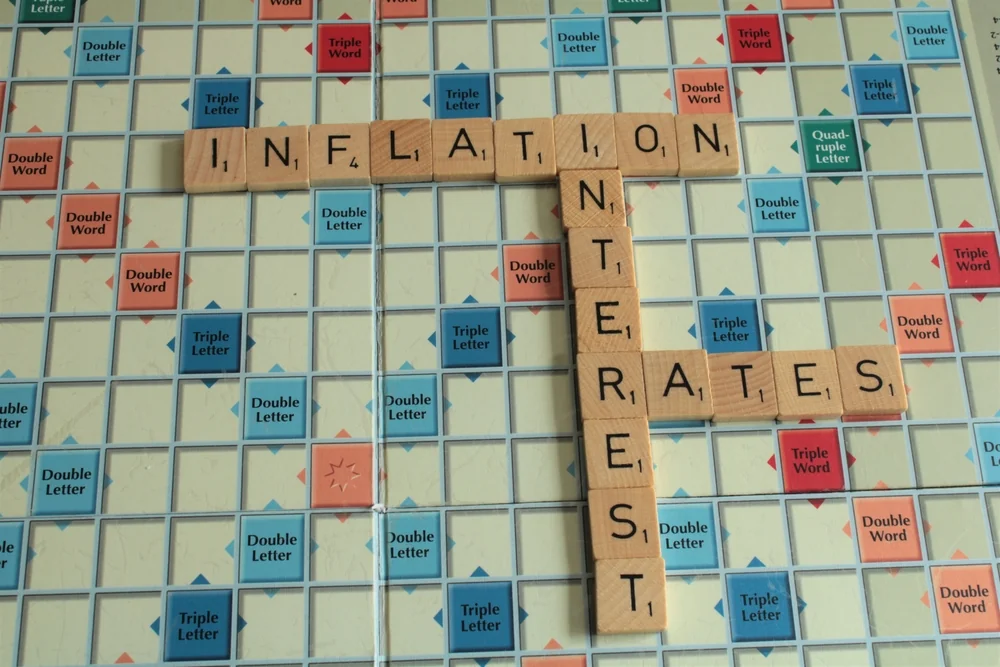The mortgage market in 2025 is a rollercoaster of unpredictability, influenced by key factors such as Federal Reserve rate cuts and stubborn inflation data. Today’s latest inflation report only adds to the complexity, leaving homebuyers, refinancers, and real estate professionals with plenty of uncertainty as the year unfolds.
Let’s break down the most recent developments in inflation, explore the Federal Reserve’s stance, and examine how these factors may shape mortgage rates in the months to come.
Inflation Data: A Mixed Bag
The Commerce Department’s report today revealed that the December headline Consumer Price Index (CPI) rose at an annual rate of 2.9%, slightly higher than November’s 2.7%. Although this figure remains well below the inflation peaks of 2022 and 2023, it represents the fastest increase in nearly a year. Month-over-month, prices grew by 0.4%, up from November’s 0.3%.
On the surface, an uptick in headline inflation suggests potential challenges for borrowers, as it reduces the likelihood of immediate Federal Reserve rate cuts. However, the details paint a more nuanced picture:
- Core Inflation (excluding volatile food and energy prices) eased to 3.2%, slightly below the 3.3% forecast. This marks its lowest level in over three years, hinting that underlying inflation pressures might be easing.
- Monthly core inflation slipped to 0.2%, down from 0.3% in November.
These contrasting signals — rising headline inflation alongside slowing core inflation — are creating uncertainty in the mortgage market.
The Federal Reserve’s Balancing Act
In December 2024, the Federal Reserve reduced its benchmark interest rate by 0.25%, setting it within a target range of 4.25% to 4.50%. The key question now is whether this latest data will prompt another rate cut in the near term or lead to a more cautious approach, potentially impacting mortgage rates.
Market indicators like the CME Group’s FedWatch tool show a 97.3% probability that the Fed will hold rates steady at its next meeting. Most analysts expect the first rate cut of 2025 to occur in June, with a potential follow-up cut in September—though this timeline depends heavily on how inflation evolves.
Adding to the uncertainty, the current administration’s economic policies, including fiscal spending and trade initiatives, could influence the Fed’s decision-making process.
What This Means for Mortgage Rates
Mortgage rates often track the movements of the 10-year Treasury yield. Following the latest inflation data release, Treasury yields dipped slightly, reflecting optimism that slowing core inflation might allow the Fed to cut rates sooner than anticipated. However, rising headline inflation keeps the bond market cautious, suggesting the Fed may maintain its hawkish stance longer than expected.
Short-Term Volatility
Expect mortgage rates to remain volatile in the coming months. Mixed inflation data and other economic indicators will likely lead to fluctuations as the market absorbs new information.
Longer-Term Outlook
Should the Fed begin cutting rates around midyear, mortgage rates could decline by late summer or early fall. However, if inflation remains stubborn, the Fed may delay action, keeping borrowing costs elevated or even pushing them higher if inflation fears persist, influencing mortgage rates accordingly.
Impact on the Housing Market
Despite affordability challenges, strong job growth has provided some stability in housing demand. If mortgage rates decline later this year, a new wave of homebuying and refinancing activity could emerge. However, limited inventory in many areas may still drive competitive bidding.
Strategies for Buyers and Homeowners
With so much uncertainty, here are some strategies to consider:
- Lock in Rates Strategically: If you plan to buy or refinance, stay in close contact with your lender. Many lenders offer rate lock options, allowing you to secure a favorable rate while monitoring market trends.
- Prepare for Multiple Scenarios: Develop financial plans for various rate environments, as the timing and extent of rate cuts remain uncertain.
- Consider Long-Term Stability: A fixed-rate mortgage might be the better choice for those planning to stay in their home for many years. Alternatively, an adjustable-rate mortgage (ARM) may offer initial savings for those expecting to move or refinance shortly.
- Monitor Economic Indicators: Key data points—such as monthly jobs reports and inflation readings—will provide clues about the Fed’s next moves and their potential impact on mortgage rates.
Looking Ahead
The latest inflation report once again underscores the unpredictable nature of the mortgage market in 2025. While easing core inflation offers a glimmer of hope, rising headline inflation could cause the Federal Reserve to proceed cautiously with rate cuts. It’s crucial to remain cautious and aware of these potential shifts in the market.
The consensus among market participants suggests a June rate cut as the most likely scenario, with the possibility of another reduction in September. However, persistent inflation or unexpected economic developments could extend the Fed’s wait-and-see approach.
Staying informed and adaptable will not only be essential but also empowering for homebuyers, homeowners, and real estate professionals to navigate this dynamic environment. By keeping a close eye on market trends and economic indicators, you can make informed decisions that best suit your financial goals and circumstances.
Disclaimer: This article is for informational purposes only and should not be considered financial advice. Always consult a qualified mortgage or financial professional for guidance tailored to your specific situation.






